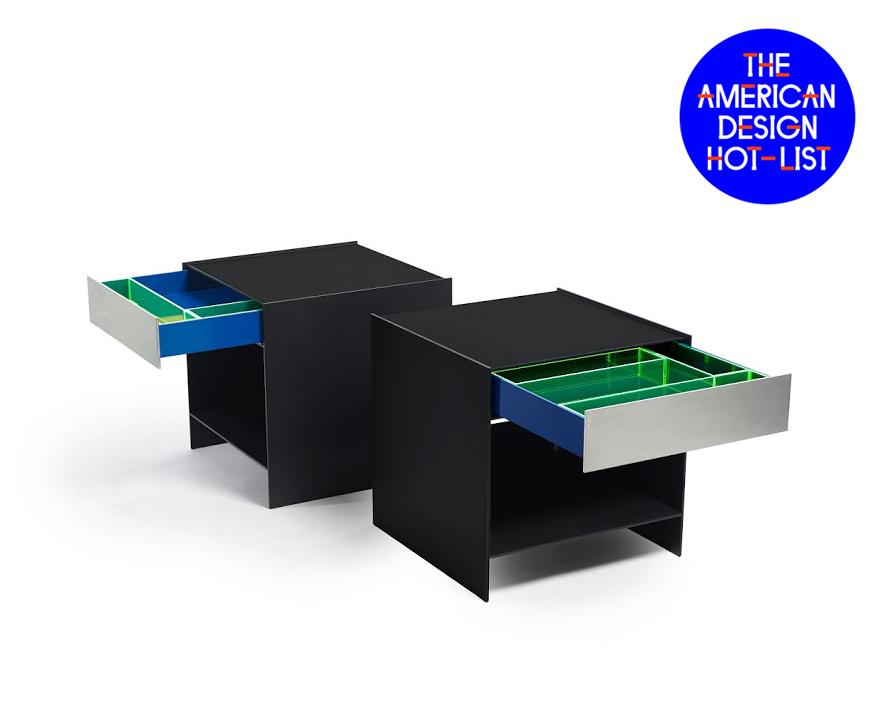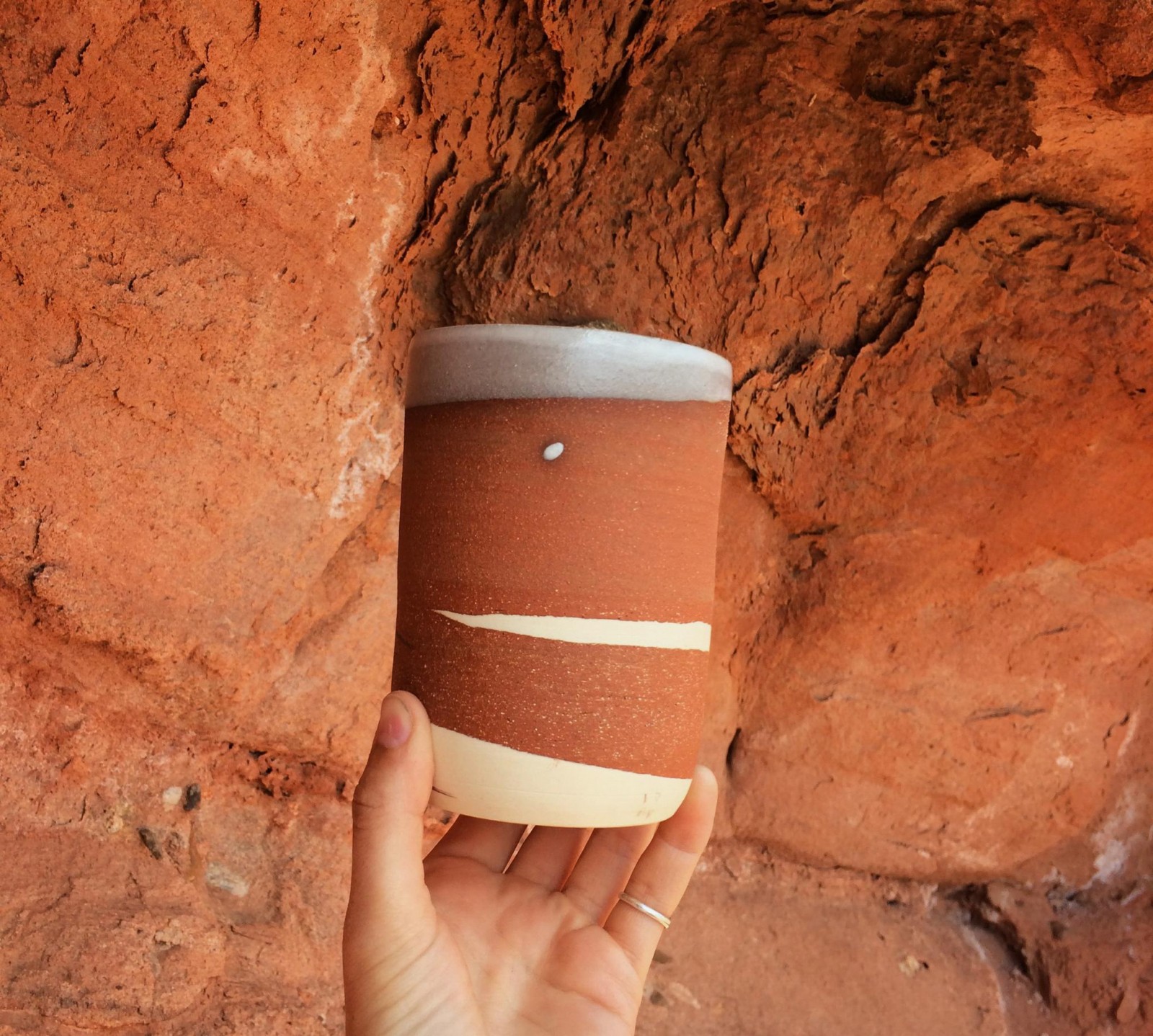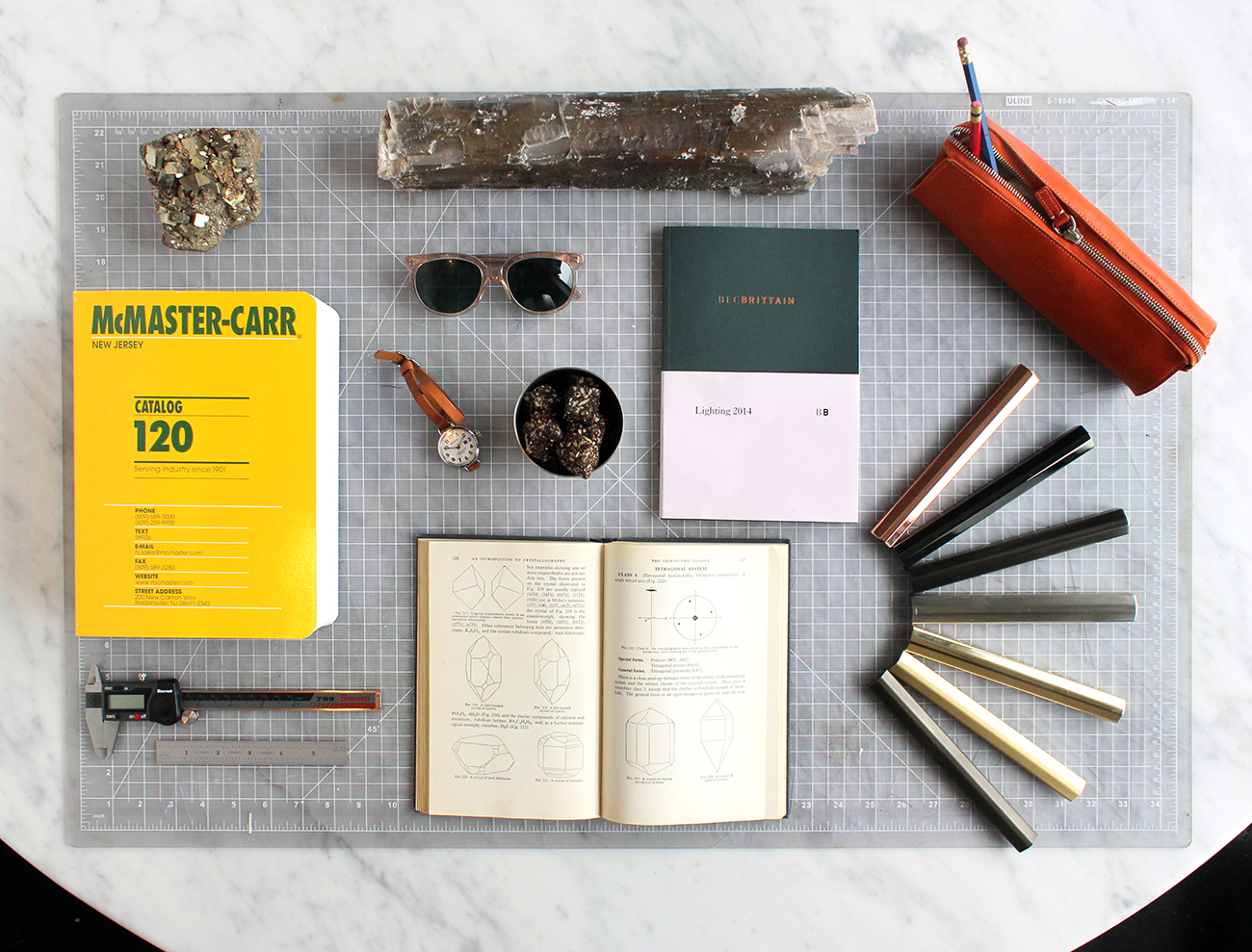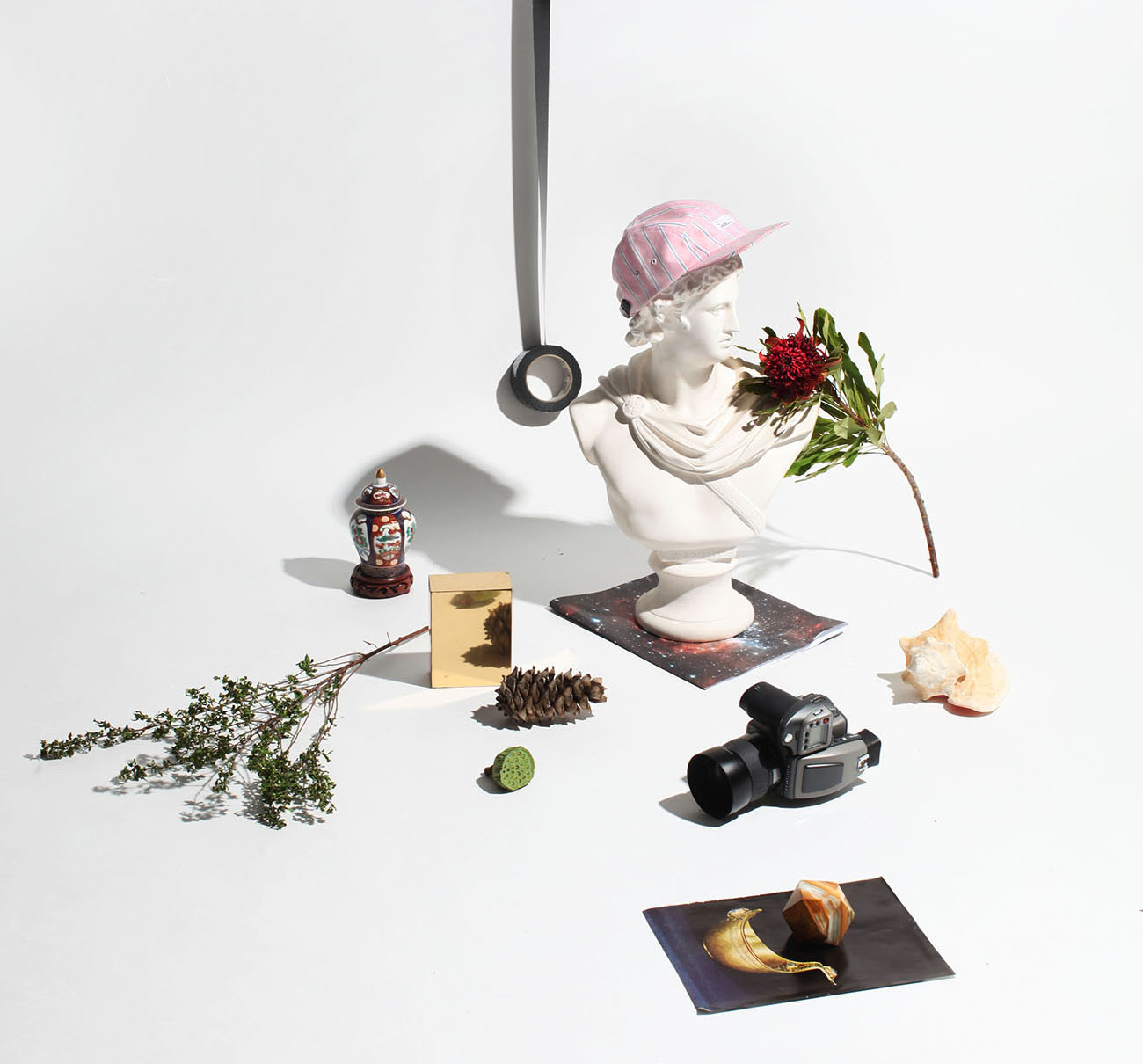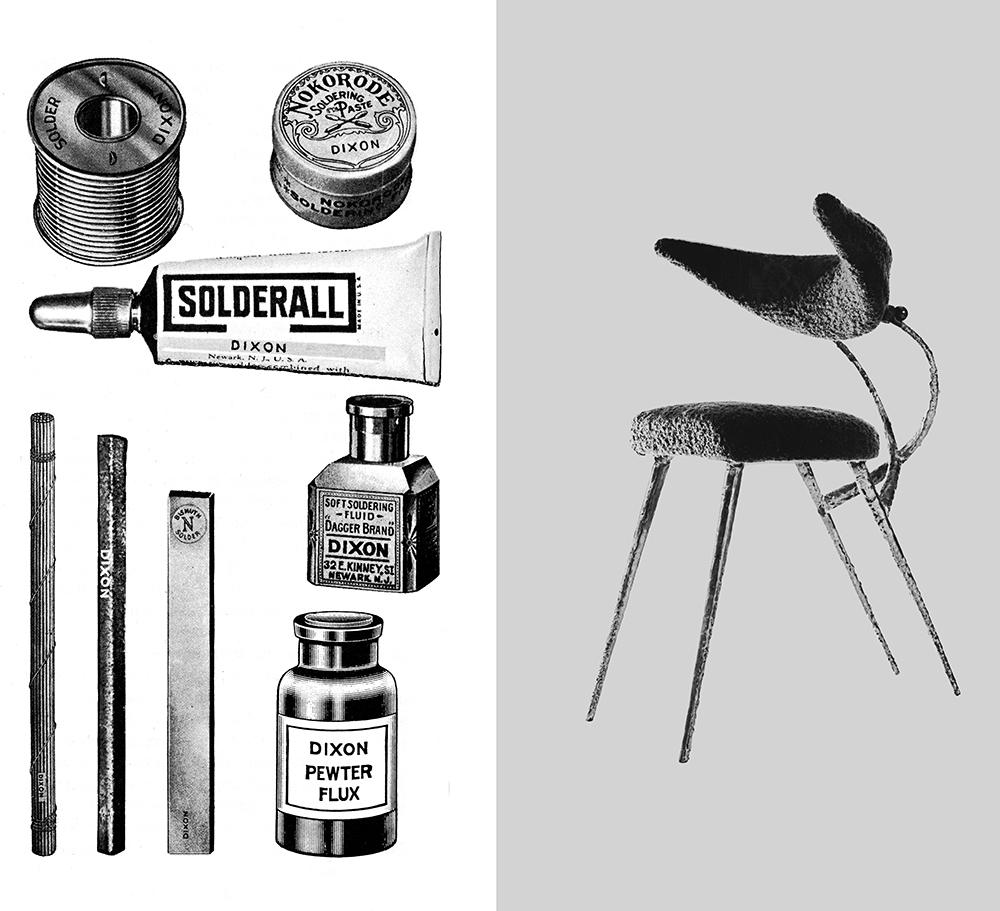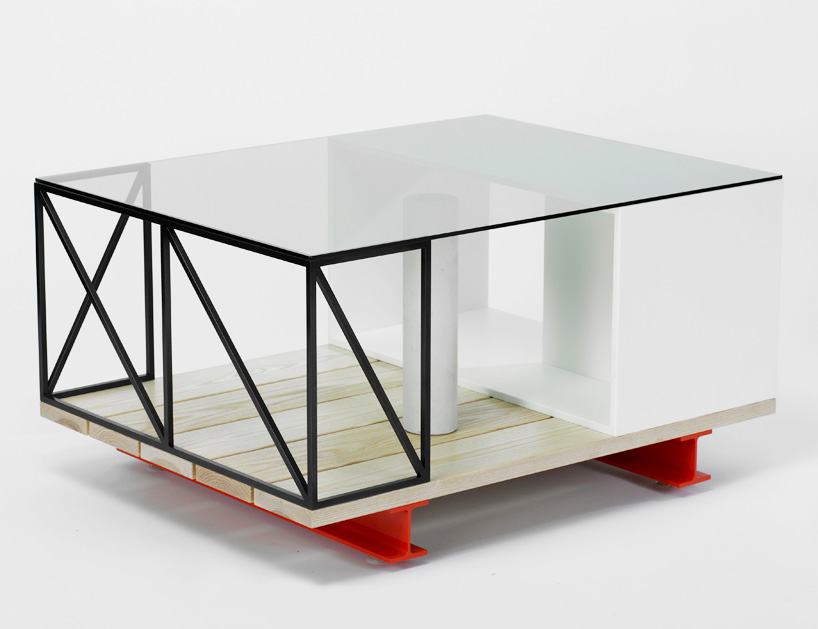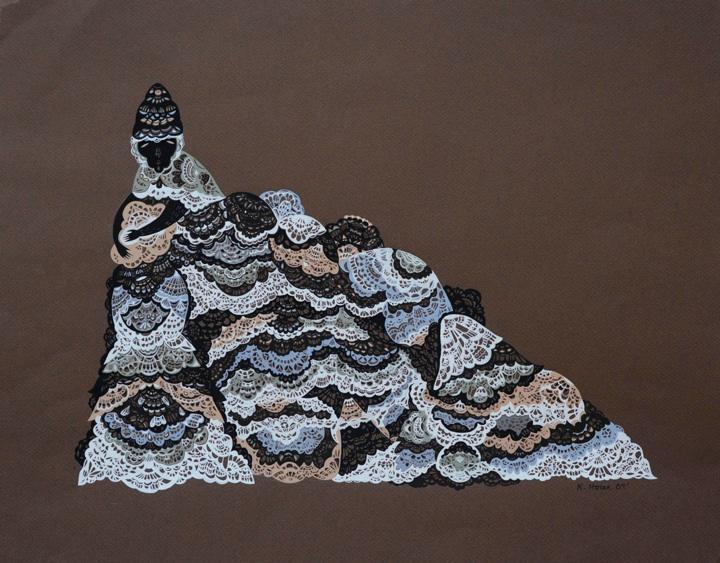Every creative scene has an unseen hand, the type of person who seems to know everyone, touch everything, and generally act as the glue holding it all together, all while falling just below the radar of the average outside observer. In the Seattle design world, Charlie Schuck fits that profile to a tee. A photographer and the proprietor of the former brick and mortar storefront Object — which he filled with commissions by designers from around the Pacific Northwest — he not only produces stunning product shots for locals like Totokaelo, Iacoli & McAllister, Ladies & Gentlemen Studio, and Filson, he also curates exhibitions, like the recent pop-up Future This Now and an upcoming museum survey of regional talents. He's so committed to his role, in fact, that when we approached him about doing a story on his own work, he came back with the idea to do a photo essay on everyone else's: "A still life series of personal items that speak to the influences of Seattle creatives," he says. "Objects from those who produce objects."
